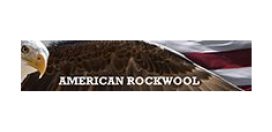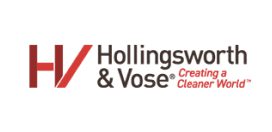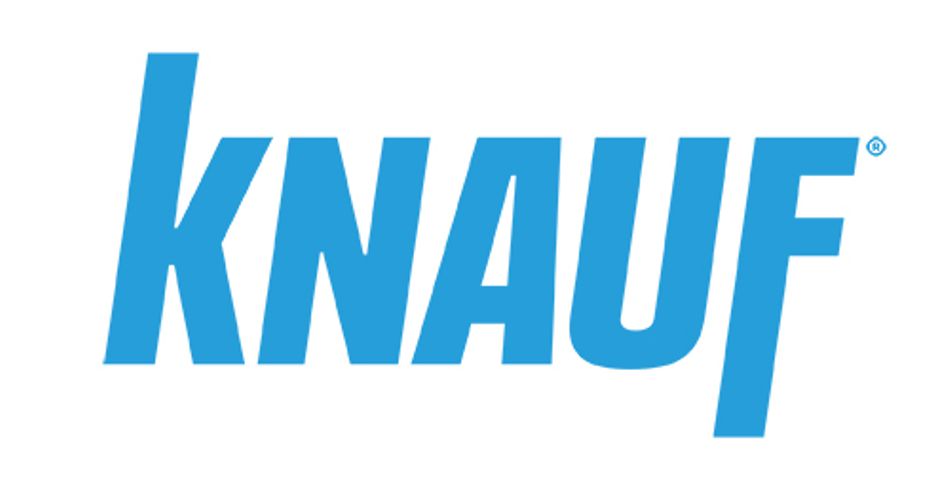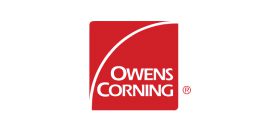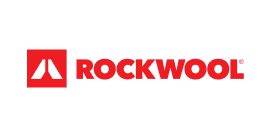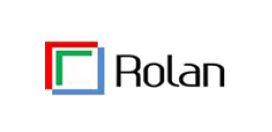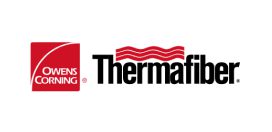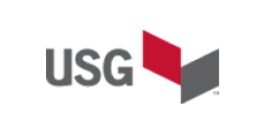The International Code Council develops model residential energy codes every three years, referred to as the International Energy Conservation Code (IECC). The model code currently in effect is the 2021 IECC. Model codes are adopted by most states and municipalities and frequently amended. Select from the list of states below to see their building envelope provisions.
State Code Fact Sheets are added on a frequent basis. Please check back if your state residential building energy code requirements are not currently available in the table above.
Energy-Efficient, Cost-Effective Construction with Fiberglass and Mineral Wool Insulation
As code levels advance, keep informed about innovative practices to meet or exceed code requirements using cost-effective fiberglass and mineral wool insulation.
The following resources in the table below are just a subset of the many guides available from the Insulation Institute to help you achieve new performance requirements with proven approaches.
- Air Leakage: As states adopt more stringent energy codes, some builders may experience challenges meeting new mandatory air leakage requirements. Fiberglass and mineral wool insulation is the low-cost solution for homebuilders to meet or surpass code air leakage rate requirements of 3 or 5 air changes per hour depending on climate zone. For homeowners, an airtight building envelope results in energy savings and increased thermal comfort.
- Ducts Buried Within Ceiling Insulation: Deeply buried ducts in attics is an easy way to lower energy code compliance costs for builders using the simulated energy performance path. Homeowners can benefit from energy savings realized from lower-capacity, lower-cost HVAC systems.
- Proper Installation of Insulation: Grade I installation delivers superior energy efficiency and is increasingly required by state energy codes. Insulation installation jobs that fail to meet Grade I criteria can mean construction delays due to callbacks, HERS rating penalties, and failed code inspections. Grade I installation is readily achievable by following basic guidelines as recommended by manufacturers. NAIMA offers free online training for installers.
- Unvented Attics Using Fiberglass and Mineral Wool Insulation: Unvented attics can be constructed by installing fiberglass or mineral wool insulation below the roof deck instead of using more costly materials like spray foam. In addition, fiberglass and mineral wool insulation products are green certified and do not carry recommended occupancy restrictions due to product off-gassing after installation. Starting with the 2018 IRC, this practice is outlined in detail within the code. Homeowners benefit from lower construction costs and the use of a safe product.

